Digital Weight Balance
HC2XG series Precision Electronic Balance 0.01g 0.1g 1kg-15kg
Report Abuse
Shipping Details
Based on 0 reviews
Be the first to review “Digital Weight Balance”
You must be logged in to post a review.
Vendor Information
- Store Name: ATLANTIC Scientific and Research Supply
- Vendor: ATLANTIC Scientific and Research Suply
- No ratings found yet!
-
Health & Medical
Flame Photometer
7- inch color touch- screen
Direct concentration display (Don’t cover FP-I640)
Automatic calculation of correlation coefficient (Don’t cover FP-I640)
Pre-selection of flame sizes
Flameout protection device
Measuring range changing
Concentration units selectable
Multilingual user interface
Air compressor provideSKU: n/a -
Health & Medical
Haemometer set
Haemometers are used for the determination of blood’s content of haemoglobin. The Marienfeld Superior haemometer according to Sahli is supplied as complete set consisting of:
polystyrene support with 2 coloured rods and opal glass plate
comparator tube
haemoglobin pipette 20 μl acc. to Sahli
silicone tubing of approx. 16 cm length
white mouthpiece
dropping pipette with rubber teat
stirring rod
acid vial
cleaning brush
directions for use
without CE – mark, only for sale and application outside ECSKU: n/a -
Health & Medical
Capillary Sequencer
American Applied Biosystems, known for its technological innovation, recently launched the new 3500 Series Genetic Analyzers, setting a completely new standard for capillary electrophoresis. It integrates a series of platform innovations designed for optical and thermal systems, opening up an innovative consumable system. The common superposition of these elements makes 3500 Series products the gene analyzers of the highest performance ever.
SKU: n/a -
Health & Medical
Microscope
The Home LED Microscope is an excellent value and wonderful choice for beginners and students of all ages! With this home microscope, you’ll get the same quality and features as other fine high-school-level microscopes, but at a much more affordable price. Its ease-of-use and high-quality components make it a great choice for students, science-lovers, and hobbyists of all ages!
SKU: n/a -
Health & Medical
Kenwood planetary mixer
Kenwood Chef Premier KMC 570 Kitchen Machine
The Chef Premier, featuring a 1000 Watt motor, will make food preparation tasks even simpler. With a stylish matt silver finish, it will complement any style of kitchen.If you are experienced in the kitchen, regularly prepare everyday meals and like the challenge of trying more elaborate recipes and catering for larger groups of friends and family, the KMC570 is the kitchen machine you need for a second pair of hands in the kitchen. Advance your culinary skills with confidence, knowing that the Kenwood Chef Premier will achieve the results you desire.
As well as a 4.6 Litre stainless steel bowl, the KMC570 Chef premier includes four bowl tools supplied (K Beater, balloon whisk, dough hook, Creaming Beater), 1.6 Litre ThermoResist glass blender allowing you to use hot and cold food one after the other and food processor attachments.
SKU: n/a


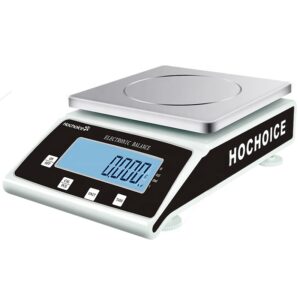
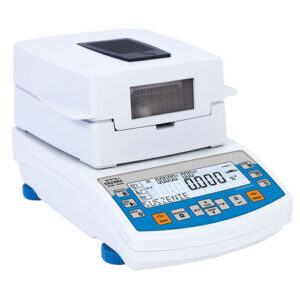
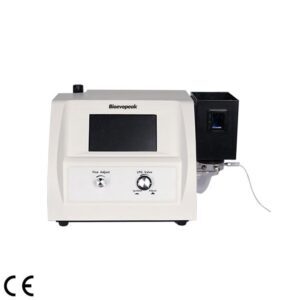
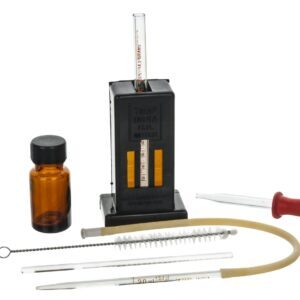
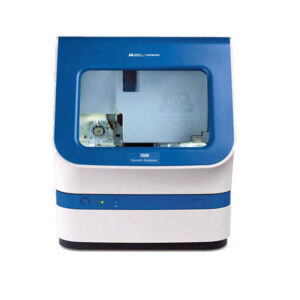
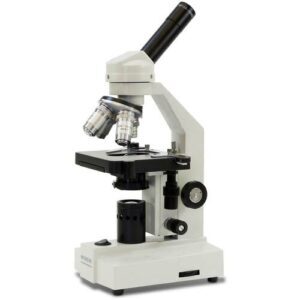
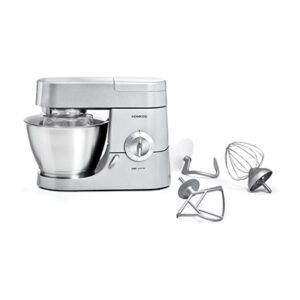
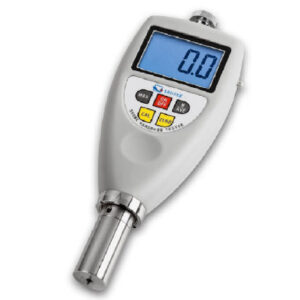
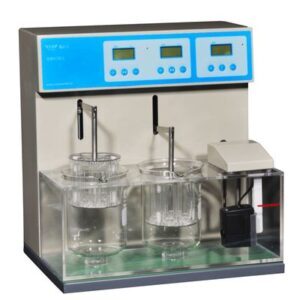
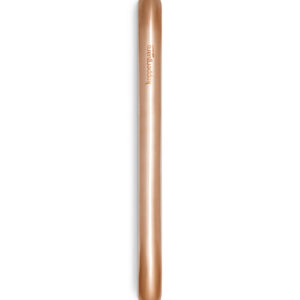
There are no reviews yet.